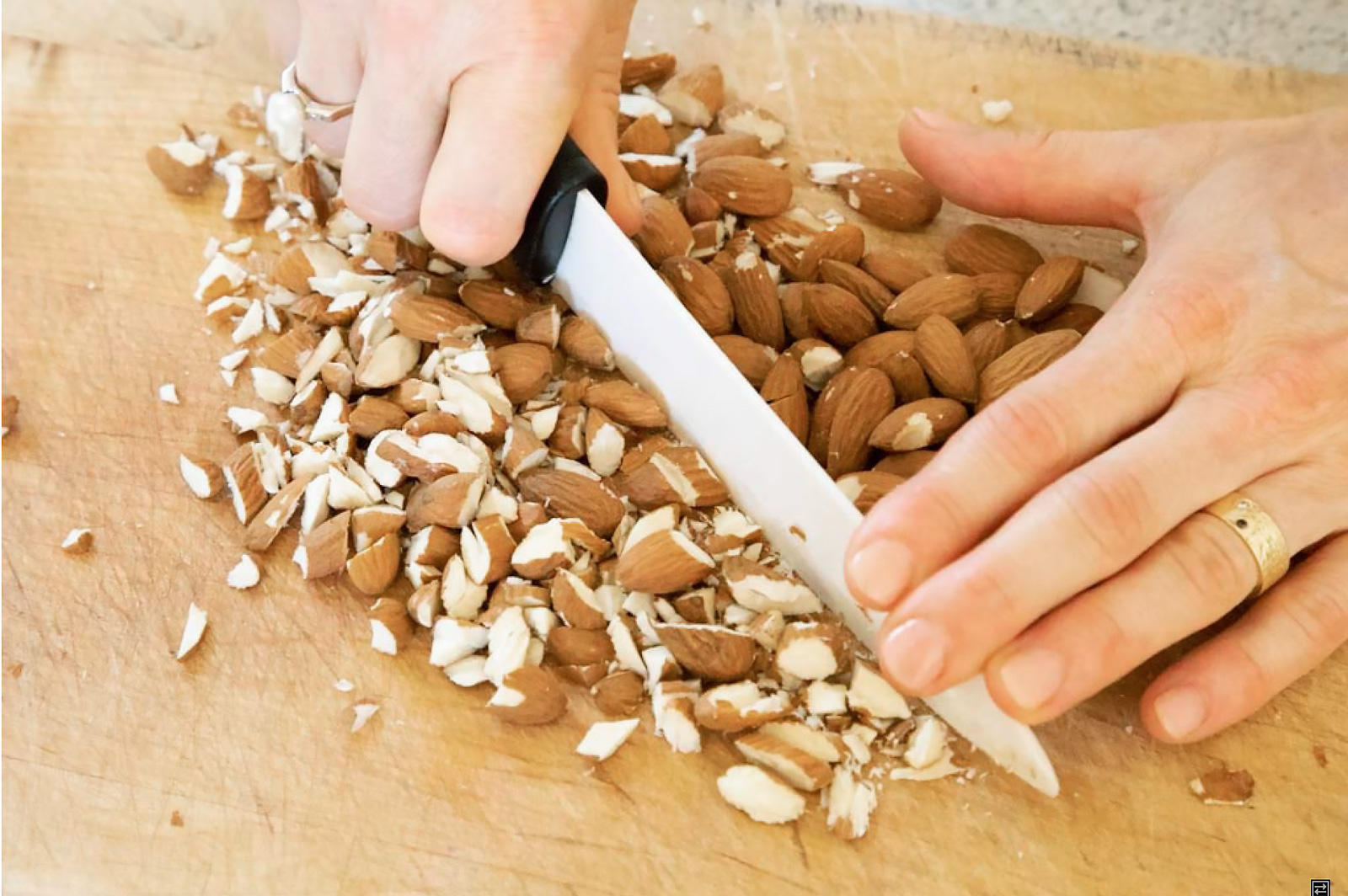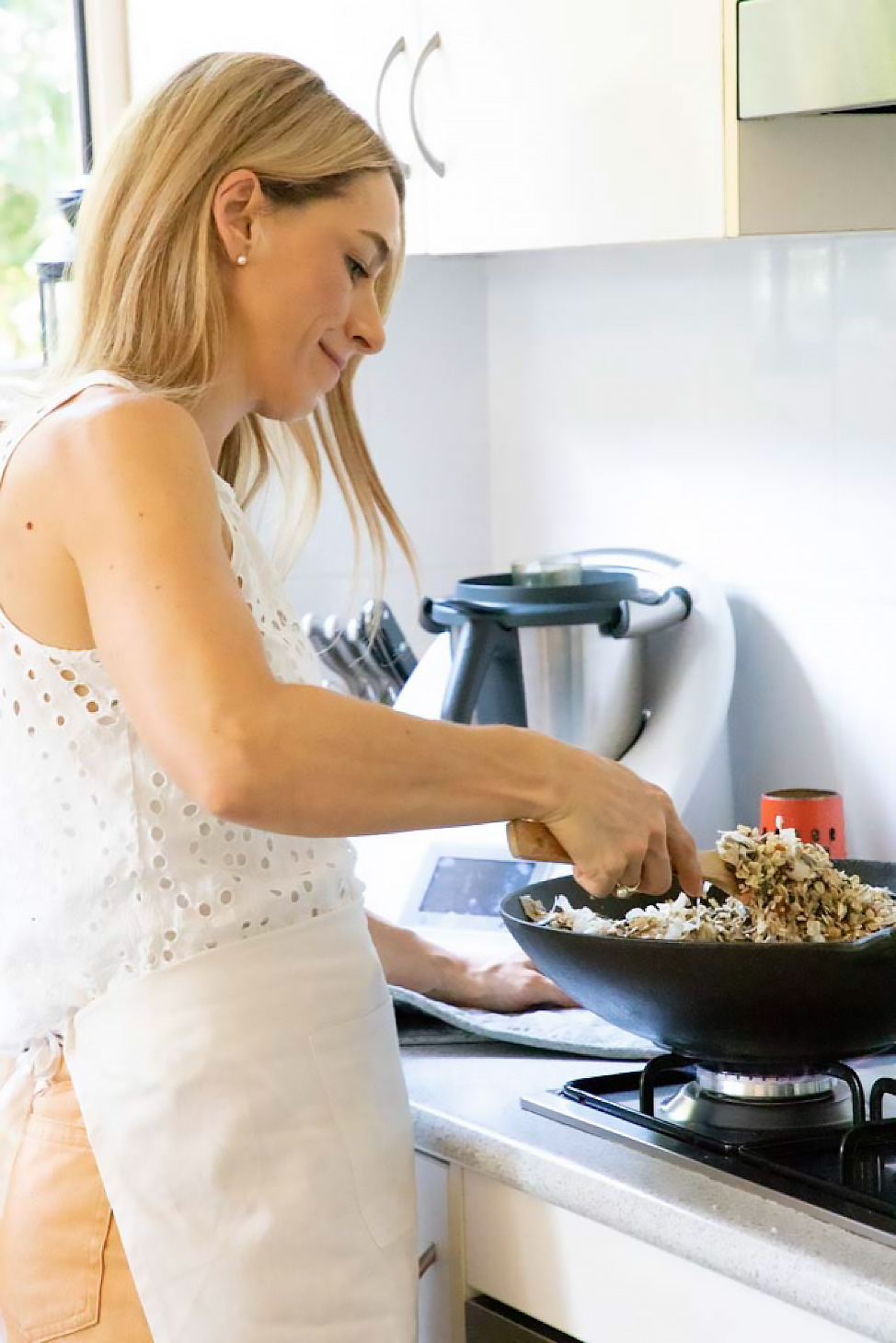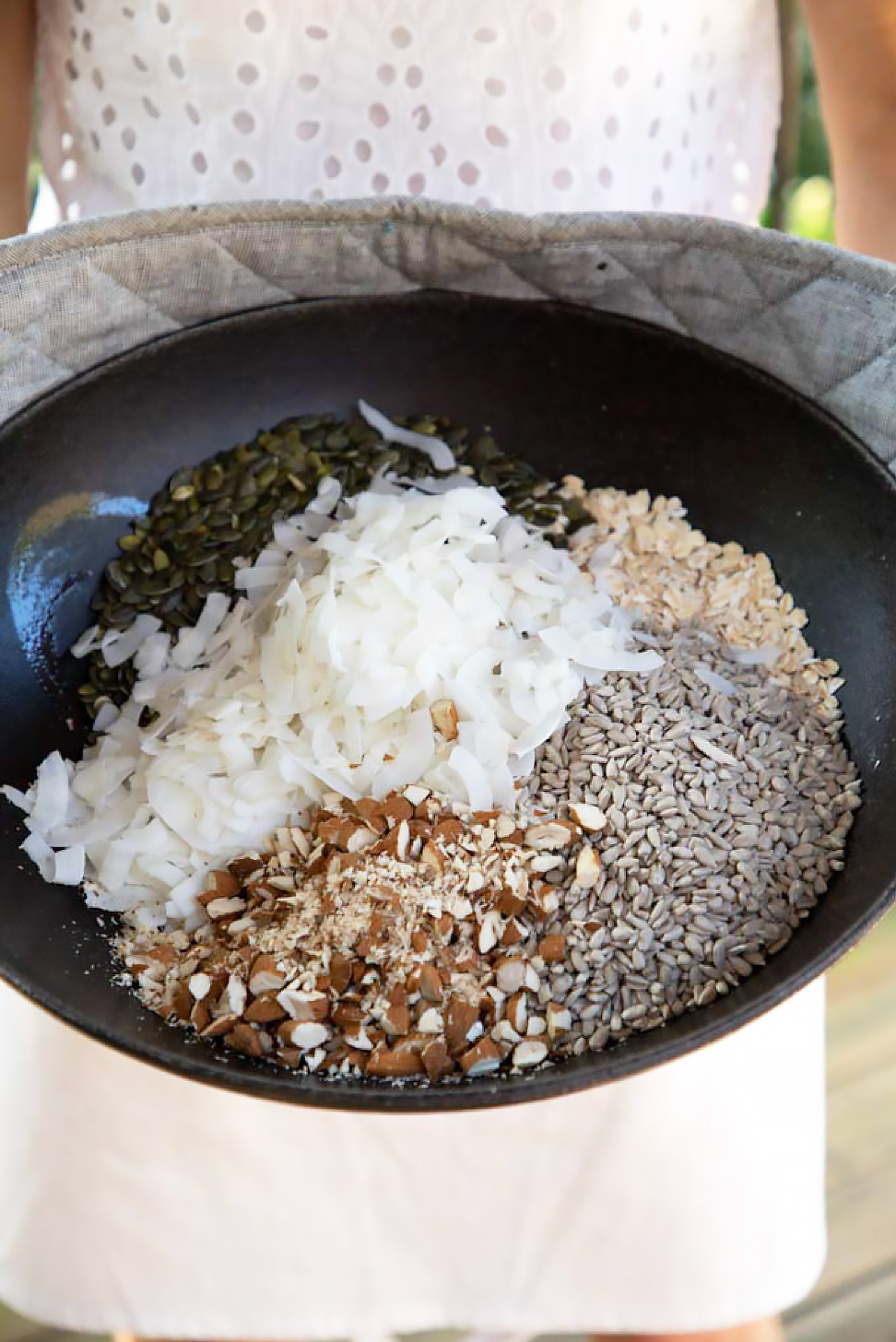Breakfast Cereals
Breakfast cereals are loaded with man-made sugars (e.g. dextrose, glucose, fructose, high fructose corn syrup (HFCS), maltose, maltodextrin, or xylitol), primarily made from corn or wheat which may be genetically modified or alternatively they contain refined white sugar (sucrose a mixture of glucose and fructose). White sugar is definitely more natural compared to man-made sugars but is stripped from all its macro and micro-nutrients. Both versions of sugars do not contribute to nourishing the body as they are not surrounded by other simple sugars, amino acids, fats, vitamins and minerals, compared to natural sugars. They are only supplying you with empty calories and altering your taste buds. (1)
High consumption of sugar impacts brain function, is associated with increased risk of non-alcoholic fatty-liver disease (2) (3), heart disease, type-2 diabetes (4) and breast cancer (5) . It is also believed that sugar changes the gut-microbiotia, the organisms that live in your gut, by increasing the intestinal permeability, leading to leaky gut (6, 7). The low-grade inflammation that sugar triggers can contribute to the transfer of substance from the gut into the bloodstream, contributing to obesity and metabolic diseases.
Natural sugars are a wholefood, including raw honey, stevia and sugar in fruit (e.g. monk-fruit). Our body benefits from natural sugars when consumed in small amounts. Winter fruits are lower in natural sugars compared to summer fruits. Raw honey for example is rich in nutrients has antimicrobial, pre-biotics as well as wound-healing properties. (8, 9).
Added sugar can be have so many different names on the ingredient label. Don’t’ belief that natural-sounding names such as maple syrup, rice syrup, molasses, cane juice, fruit sugar or fruit juice are a better alternative. They are still sugars. Also, look where it is placed on the ingredient list. The higher up sugar is as an ingredient, the higher its amount. The best and easiest solution is to reduce packaged foods and dinks as much as possible which will reduce your sugar intake dramatically.
Home-Made Granola
Ingredients
5 cups of wheat free, organic oats or quinoa or rice flakes
2 cups (245g) of sunflower seeds
1 cup of pumpkin seeds
2 cups of nuts, chopped
2 cups of natural coconut flakes
1 ½ cup of raisins or sultanas
½ cup of goji berries
½ cup of chia seeds
70g of organic butter, ghee or coconut oil, melted
½ cup of raw honey
Method
In a big wok or frying pan, let the butter, ghee or coconut oil melt, add all the ingredients, except for the dried fruit, honey and cinnamon. Toast for 15 minutes over medium heat while stirring to avoid from burning. Add the dried fruits and toast for another 10 minutes. Then add the honey and cinnamon, stir well to coat the muesli evenly. Let cool and transfer into a glass jar.














